10 years of Surface: The highs and lows of Microsoft's personal computers
We list the good and bad to come out of Surface from the last 10 years.

We've had 10 long years of Surface tablets, laptops, PCs, and phones. The product line is in a completely different place than it was when the Surface RT was first announced in 2012. In fact, the first Surface RT is considered by many to be a huge failure, leading to an almost billion dollar write-down before the Surface 2 was even announced.
So, that got us wondering, what have been the highs and lows of the Surface line over the last 10 years? Surface RT wasn't the only low point for the Surface brand, but there's also been great moments from other Surface devices that stand out above the rest. Here's our roundup of Surface products that we think mark the highest, lowest and mixed points of the Surface brand.
Surface RT: Low

It all started with the Surface RT, which ended up being a monumental failure for Microsoft at the time. With a $900 million write down not a year after launch, Microsoft bet big on the wrong product, but was it the software or hardware that let down this device?
Surface RT is the product that started it all for Microsoft. It’s the device that laid the foundation for the Surface Pro we have today. At the time, both the hardware and software were lacking. The 2-in-1 hadn’t yet proven itself, and the Windows RT platform was destined for failure from the beginning.
But the hardware did show promise. The product was praised for its incredible magnesium design, tight fit and finish, and super thin chassis. The kickstand was likened to that of a “luxury car door” and the colorful Type Cover accessories that launched alongside it made the device feel personal and productive.
But ergonomically, Microsoft hadn't yet nailed the fundamentals. Surface RT spawned the term "lapability," which was introduced because the Surface RT's kickstand and type cover design lead to an unstable typing experience when sitting the device on your lap to use as a laptop.
The Surface Pro that was announced alongside the Surface RT was a thicker and heavier alternative, with poor battery life and a much higher price tag. It was a "less-sexy" version of the Surface RT, but because it ran full Windows 8 and was compatible with all Windows apps, it was the device of choice for most people.
All the latest news, reviews, and guides for Windows and Xbox diehards.
Microsoft only released one more ARM-based Windows RT product, that being the Surface 2 a year later in 2013. After that, the company switched to x86 with the Surface 3, and wouldn't return to the ARM architecture until Surface Pro X in 2019.
Surface Pro 3: High

It’s widely agreed that the Surface form factor didn’t hit its stride until the launch of the Surface Pro 3 in 2014. This was the first big design change for the product line, shifting from a 16:9 display and two-stage kickstand to a much larger 3:2 display and friction-hinge that allowed for positioning at any angle.
This was the point where for many, the Surface Pro form factor became a viable Windows PC. Before this, the Surface Pro line was a thick tablet with poor battery life that was too small to truly use as a laptop. The Surface Pro 3’s larger 12.-inch display, paired with improvements to the kickstand and keyboard cover propelled Surface from failure to success, and fixed most of the lapability issues that plagued the first few Surface devices.
In fact, this design would prove so popular amongst users that Microsoft ended up keeping its design with minimal changes for 7 whole years, right up to the Surface Pro 7+ which launched in January 2021. It certainly stood the testament of time. Compared to the Surface Pro 1 and Surface Pro 2, it was thin, light, portable, and much more fun to use.
As mentioned, Microsoft would make minor tweaks to this design over the next 7 years. The Surface Pro 4, which launched a year later in 2015, increased its display size by 0.3-inches and introduced Windows Hello facial recognition, something we take for granted on the Surface line today.
Then, with the Surface Pro 5, which launched two years later in 2017 (and was simply dubbed "Surface Pro" at the time) debuted with slightly rounded edges on the chassis. The final major change made to this Surface Pro design was the inclusion of a removable SSD with the Surface Pro 7+.
Ultimately, this design was a winner for Microsoft and the Surface line as a whole. One could say the success of Surface Pro 3 is a big reason why Microsoft is still shipping new Surface products every year, and expanding its portfolio with new form factors too. Surface Pro is the money-maker, and it started with the Surface Pro 3.
Surface Book: Mixed
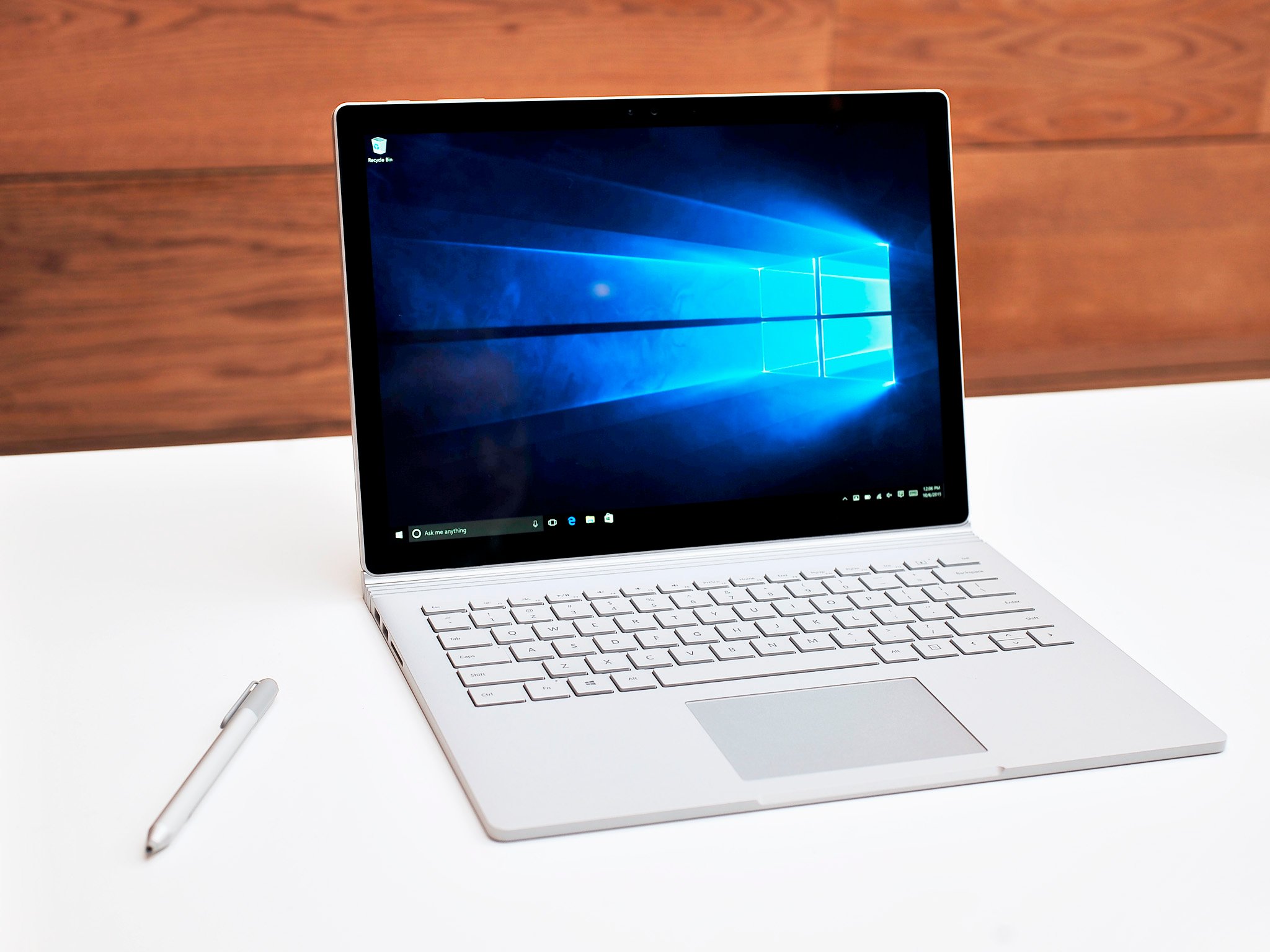
The Surface Book is a hard one to rank. To many, it’s one of Microsoft’s more unique and exciting products to date. When it was announced, it was unveiled in a way that built hype like no other product I’ve seen.
It was revealed as a laptop, and was demoed on stage as a laptop. But at the very end of the presentation, Microsoft decided to drop a “one more thing” moment and pull the screen away from the keyboard base. It’s a tablet too?! Just magical.
But the launch of the Surface Book was anything but smooth. The product launched with severe firmware issues thanks to the buggy launch of Intel’s Skylake chips, which led to overheating, thermal throttling, and battery draining even when the Surface Book was “off” in a bag.
Microsoft had much more success with the Surface Book 2, but it became clear soon after that this design was going to limit the kind of power Microsoft could put into it. Surface Book never shipped with more than an Ultrabook class processor, because the design and thermals simply wouldn’t allow for it.
As a result, power users looking for a Surface that had more guts in the CPU department were forced to look elsewhere, as the Surface Book couldn’t deliver that kind of power at a sustainable rate. The product design was flawed from the beginning. A cool concept no doubt, but it wasn’t able to deliver the level of power many customers expected from a flagship Surface laptop.
This came to a head with the Surface Book 3, which received mixed reviews from people who wanted a true laptop workstation, but were let down by the anemic laptop-class CPU.
Surface Book was a beautiful product, but was flawed from a design perspective, as it was thermally limited and didn't pack enough oomph for the power users it was designed for.
Surface Studio: High
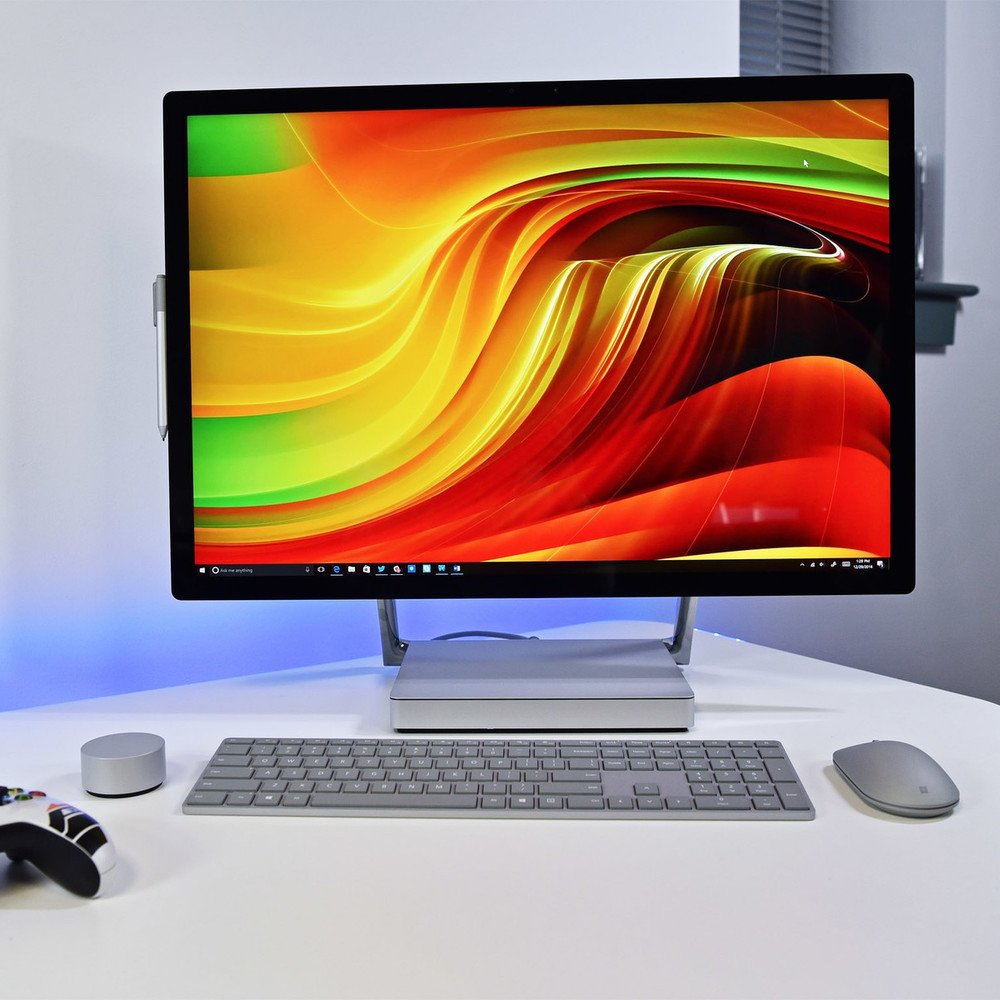
Surface Studio is an interesting one. It’s a one-of-a-kind PC for sure. You still cannot find an all-in-one on the market that offers what the Surface Studio offers from a form factor and design perspective. It has a beautiful 28-inch touchscreen display, a clean design, the ability to move between upright and drafting positions, and supports pen too.
It’s a beautiful product that I'd go so far to say is Microsoft's best looking Surface to date, but it's one that I wish Microsoft would iterate on further with future versions. It has the potential to be great, but each one has launched with semi-outdated specs so far.
Surface Studio 1 launched with a 6th-generation laptop processor, which just didn’t have the guts to deliver true flagship AiO power. The Surface Studio 2 launched a couple of years later with an outdated 7th-generation laptop chip, which again, wasn’t enough for power users looking for a flagship desktop PC from Microsoft.
I'm marking the Surface Studio as a high because it truly is a one-of-a-kind product, and I'm still using a Surface Studio 2 to this day, even with its very aged CPU and GPU.
The next Surface Studio needs to launch with a beefier CPU, modern GPU options, and most importantly, the ability to use its displays with other devices. That would prolong the shelf life of this beautiful panel.
Surface Laptop: High
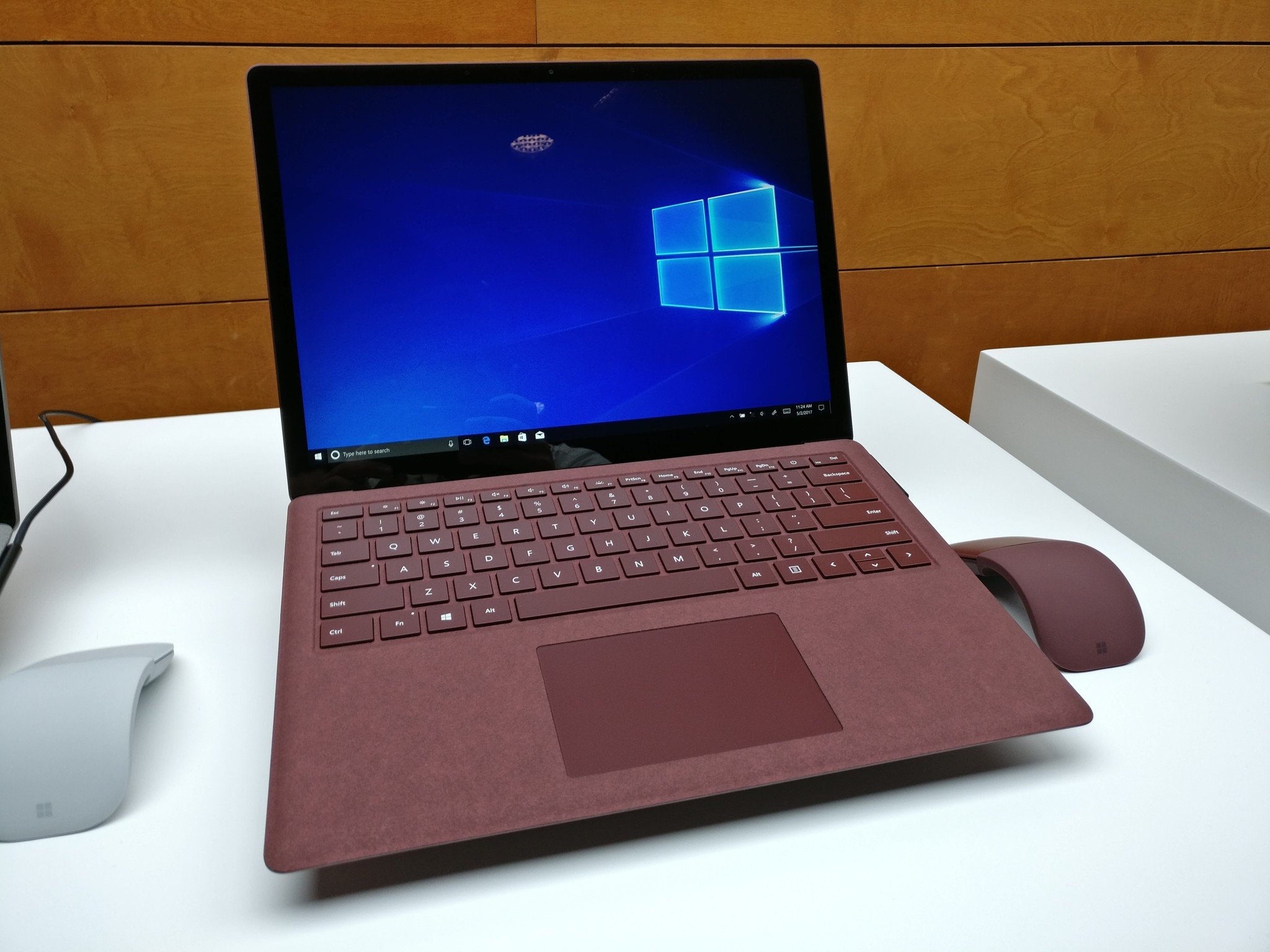
By 2017, Microsoft had been shipping 2-in-1 PCs for a handful of years, but there's was a huge chunk of the PC market that simply doesn't want a 2-in-1 computer. Some prefer a traditional clamshell style laptop, and Microsoft delivered just that with the Surface Laptop.
The Surface Laptop is an interesting product for the Surface line, as it’s the only Microsoft PC that isn’t trying to push a unique form factor experience. It’s a literal laptop, competing head-to-head with the likes of a MacBook Air or Dell XPS 13. Its only unique aspect is that it can be configured with an Alcantara keyboard deck, something I haven’t seen offered on any other laptop to date.
It also launched with Windows 10 in S mode, a failed attempt at locking down the Windows platform to the Microsoft Store. Luckily, you could switch out of S mode with ease.
Surface Laptop's design was so iconic, Microsoft continues to use it to this day with the Surface Laptop 4. The only notable design change in the last five years is with the keyboard deck, where Microsoft introduced metal keyboard deck options alongside Alcantara with the Surface Laptop 3. It also increased the size of the trackpad, and launched a 15-inch version.
Some would look at the Surface Laptop and consider it a "low" for the Surface line, as it doesn't try to be unique like other Surface products are. But, I'd argue it's a high because it marked the moment that the Surface brand became solidified as more than just an experiment. This is a product line that's here to stay, and I feel the Surface Laptop marked that moment for Microsoft.
Surface Pro X: Mixed
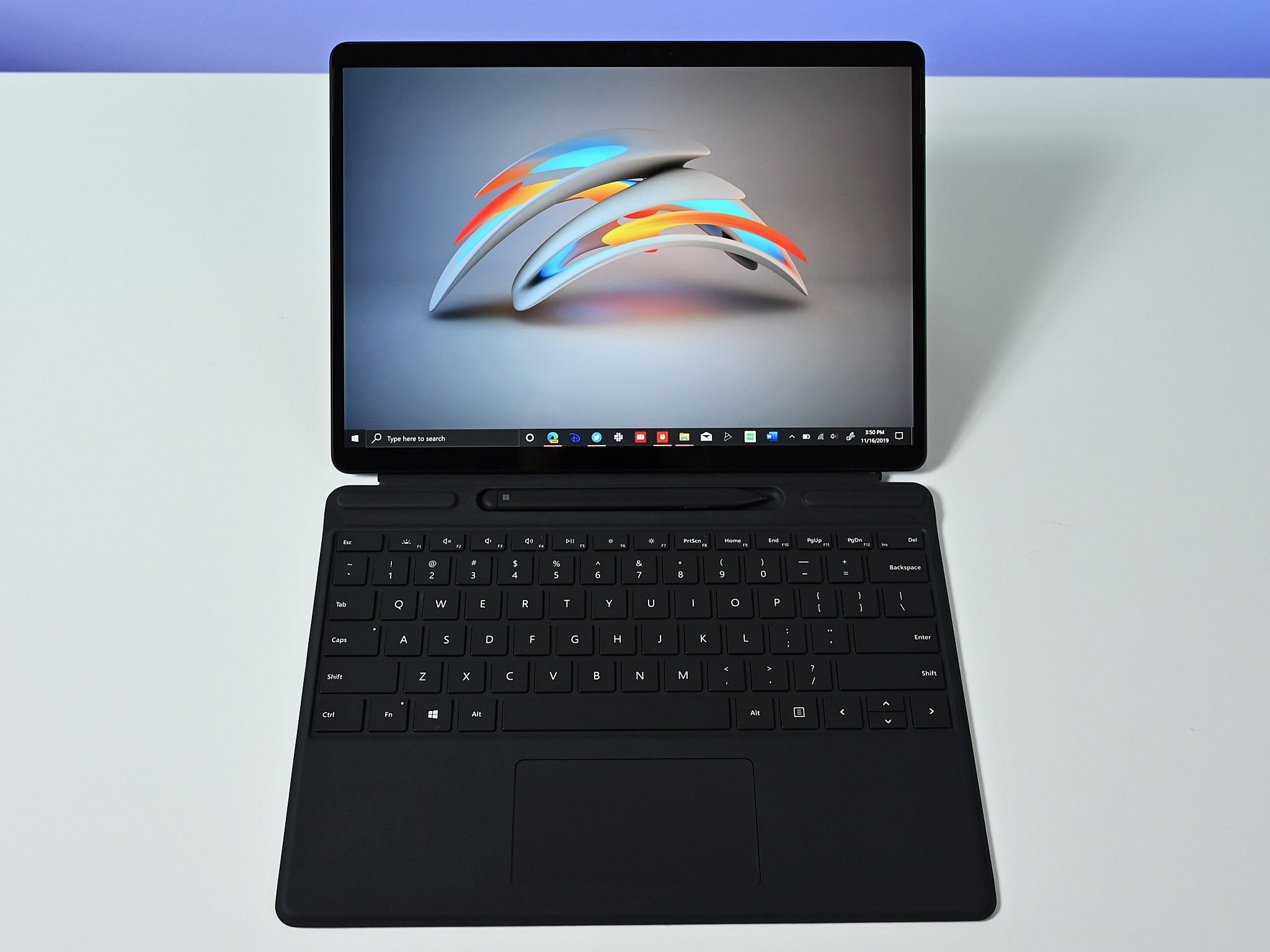
Surface Pro X was a glimpse of the future for the Surface Pro line. At the time of its announcement in 2019, the Surface Pro had been rocking the same design for five years, and critics were getting a little tired of it. So, with the Surface Pro X, Microsoft unveiled an all-new design that offered a preview of what's to come for the main Surface Pro line from a design perspective.
It was super thin, light, and featured a larger 13-inch display and new Type Cover and Pen accessories built specifically for this new design. Externally, it was a much nicer looking Surface Pro, but it was what's on the inside that drops this product down from a "high" to a mixed.
Surface Pro X was powered by a custom Snapdragon 8cx processor, known as the SQ1. It was Microsoft's first custom ARM processor with built-in LTE, but it came at the cost of performance. Surface Pro X launched with Windows 10 on ARM, which ran most apps in an emulation later, and was completely incompatible with x64 applications.
Surface Pro X was a mixed bag because it was a beautiful product that was held back by the infancy of its silicon and platform. Today, Windows on ARM is in a much better place, with support for x64 apps and upcoming more powerful chips that will runs apps in emulation with better performance.
In fact, I'd go so far to say the Surface Pro X launched as a low, but has transformed itself into a high thanks to Windows 11, and is only going to get better later this year with the launch of a new Surface Pro X with updated silicon.
Surface Duo: Mixed

Ah, yes. The Surface Duo. Interestingly, the launch of this product went similarly to that of the Surface Book. It was unveiled on stage to much fanfare as a “one more thing” moment, but when it actually hit store shelves, buyers realized this product was not ready for prime time.
The Surface Duo was plagued with very buggy software right out of the gate, and it would take Microsoft more than 12 months to get the device to a point where one would consider it stable enough for everyday use.
Surface Duo 2 came along and fixed many of the original Surface Duo’s shortcomings, including better cameras and displays, 5G, a flagship processor, and NFC. I’ve been using a Surface Duo 2 as my primary phone since it launched, and I absolutely love it.
Just like the Surface Pro X, the Surface Duo line shipped as a low, but has transformed into a high for the Surface brand. It’s a great product that I'd be happy to recommend to any tech fans looking to try something new to replace their smartphone.
Surface Neo: Low
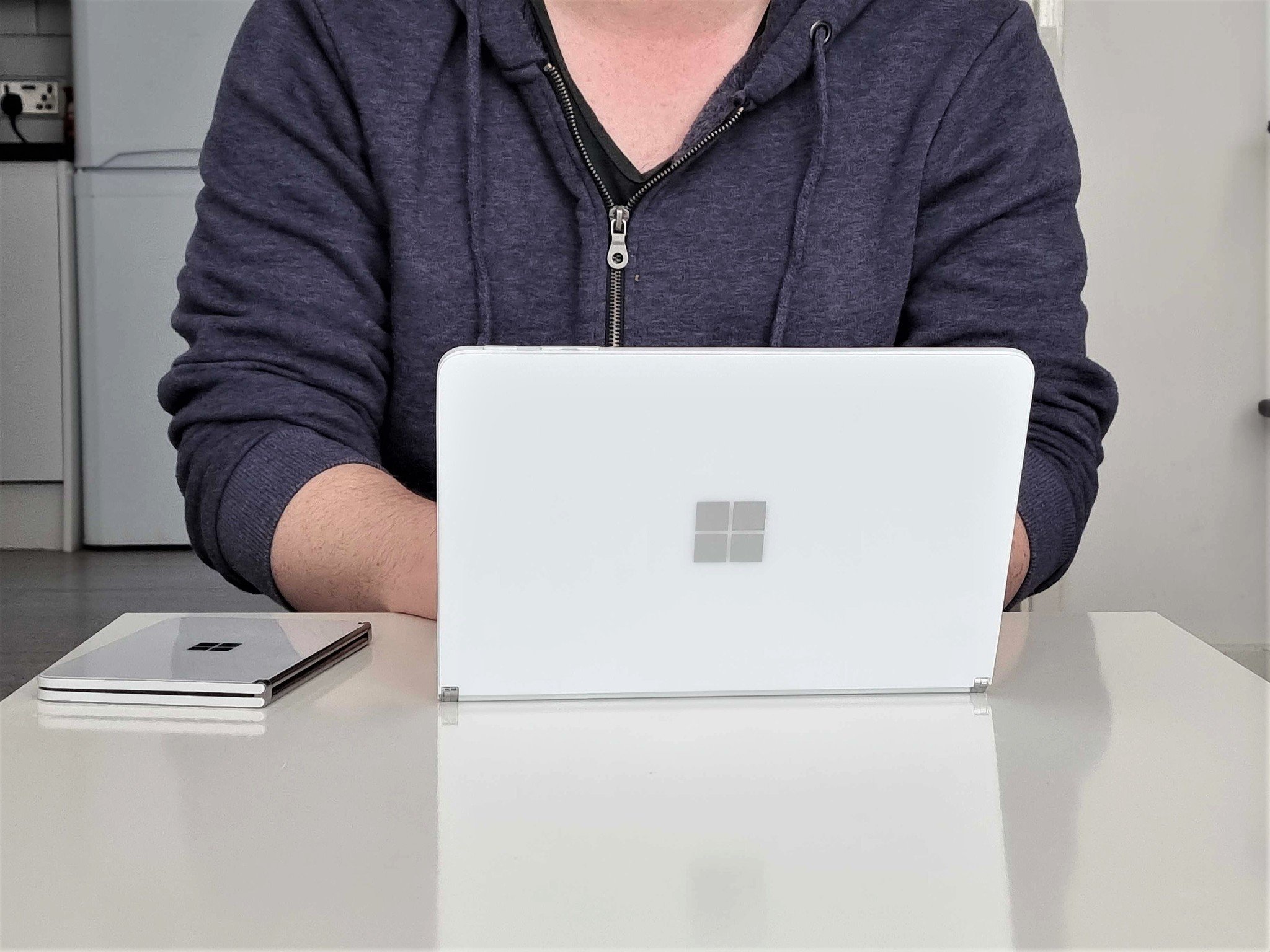
Surface Neo was announced right alongside the Surface Duo, except the Surface Neo never actually shipped. There’s probably good reason for that, but this is certainly a low point for the brand, as it’s an example of Microsoft failing to deliver a product that it thought it could make. Going so far as to announce it to the world, only to cancel those plans just half a year later doesn't look very good.
Microsoft could still ship the Surface Neo at some point, but it definitely won't be shipping with the dedicated version of Windows they announced alongside it. Windows 10X was designed for dual-screen PCs in mind, but that OS was scrapped in favor of Windows 11, and the dual-screen PC idea was put on ice.
I have a feeling Microsoft would like the world to forget the Surface Neo even happened.
Surface Laptop Studio: High

The Surface Laptop Studio is Microsoft’s attempt at fixing the Surface Book. It was designed by the Surface Book team, and is the replacement to the Surface Book line. In almost every regard, it fixes the big issues that the Surface Book had. It has a beefier CPU, a better GPU, good battery, and a high-refresh rate screen.
It still maintains that 2-in-1 convertible functionality, albeit not as a detachable display. The Surface Laptop Studio’s display can be pulled forward into a Studio mode, which allows for use of the pen when required, but without sacrificing on thermals or CPU power.
While there’s something to be said about the design of the Surface Book, the Surface Laptop Studio is the better product from a functionality perspective.
What do you think?
So those are our picks for high and low moments throughout the Surface line's lifecycle. It's been a rollercoaster for sure, but that's what makes Surface so fun. A lot of what Microsoft puts out into the world is experimental and new, so there's bound to be teething issues along the way. But often enough, the company is able to ship great products that really do push the boundaries in design and form factor.
Here's to the next 10 years of Surface!

